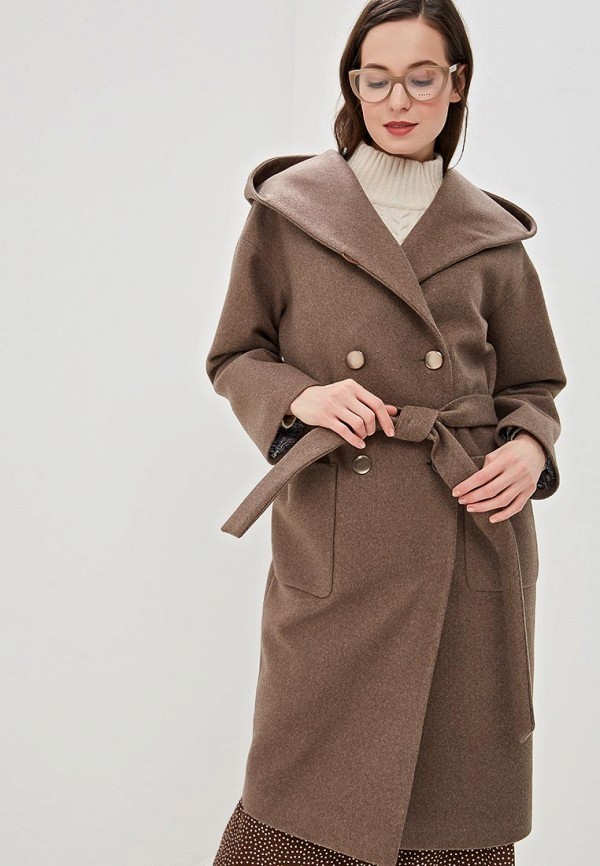Drape is a time-tested classic. This dense, warm material protects from bad weather and looks great. People learned how to make it several hundred years ago, but today it is still just as popular.
The word “drape” came to us from France (from the French drap - “cloth”). The material consists of several layers, while the front side, unlike the back side, looks more presentable; high-quality wool is selected for it.

It is believed that drapery fabric is one of the varieties of cloth, which was produced in Rus' already in the 15th-16th centuries. However, at that time they didn’t even hear the word “drape”, and therefore it would be incorrect to say that it was what they produced.
France is considered the birthplace of real drapery. During the Industrial Revolution (at the end of the 18th century), the first weaving looms appeared on which the production of this woolen fabric was launched. It was appreciated not only by the French, but also by citizens of other European countries, and then by the whole world.
If in those days it was a completely natural material, today, in order to improve its quality, synthetics are added to the drape in small quantities.

The fabric is created by weaving several layers of wool threads and subsequent pressing with a special apparatus. The finished material holds its shape well, does not wrinkle, does not stretch, and does not become covered with unpleasant pellets.
Today, drapery in its pure form is practically not produced. A certain amount of synthetics is added to it. So, if the share of artificial materials in the composition does not exceed 15%, then the fabric is considered wool, if from 15% to 70% - half-woolen.
The drape has the following properties:
However, among all this splendor there is a “fly in the ointment”. Drape is a heavy material, so a coat made from it will not be weightless.

The manufacturing technology of such a fabric has its own nuances. For example, the weave of wool threads or the pattern may be different. Depending on this feature, drape is divided into several types:
The scope of application of drape is not limited to sewing outerwear and hats.Nowadays, other wardrobe elements made from it are also popular: vests, skirts, trousers, jackets.
In addition, carpets made from drapery look great, and toys made from this soft wool will be appreciated by both children and adults.
The production of upholstery material and certain types of workwear also cannot do without the use of drape. But in the manufacture of these items, wool blend fabric is more often used, which contains at least 60-70% synthetics. Thanks to this, the quality of the fabric becomes even higher.